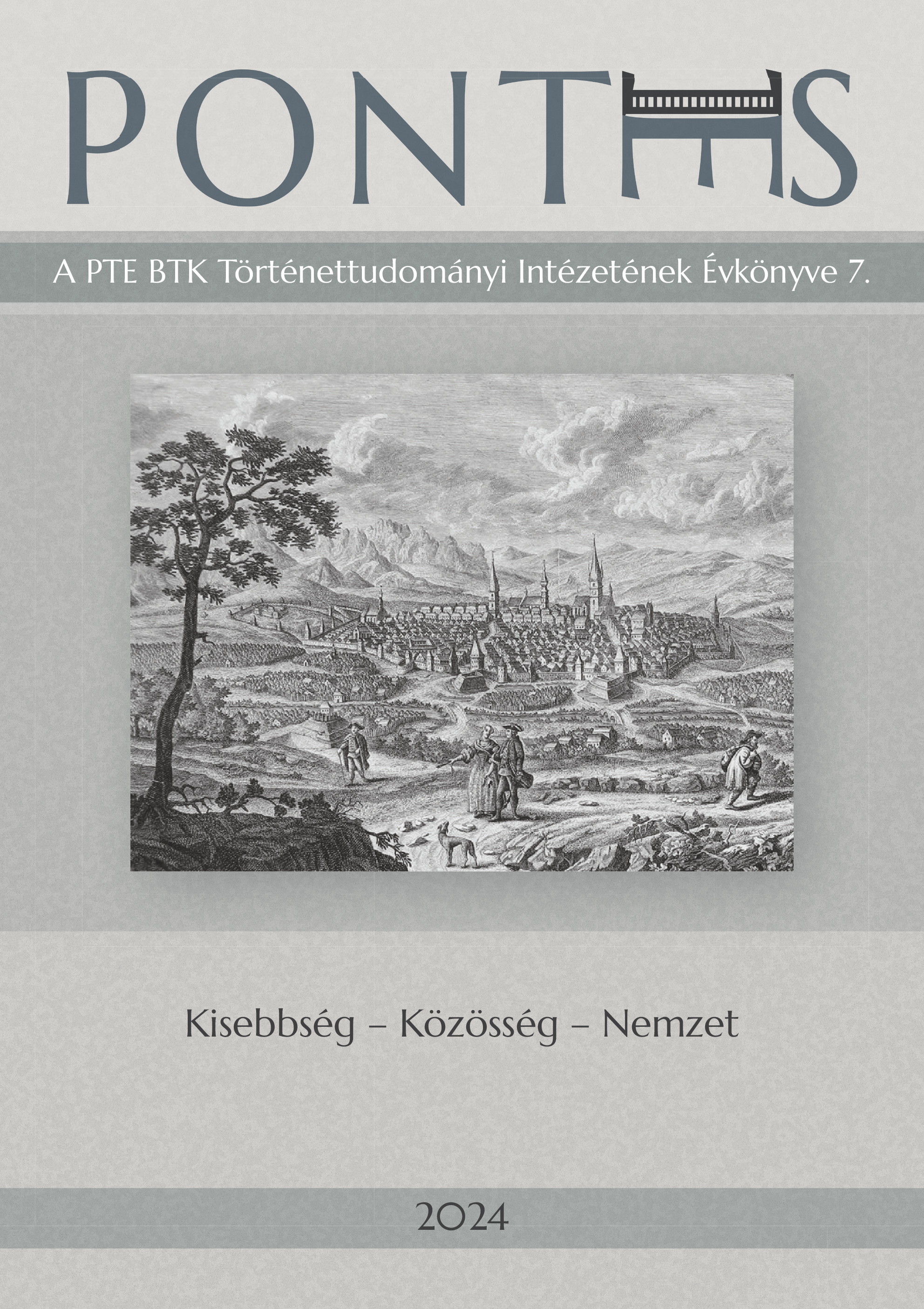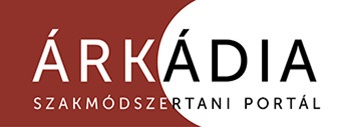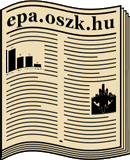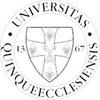Az egyes felekezetekhez tartozók demográfi ai jellemzői a Magyar Korona országaiban (Magyarország és Horvátország) a 20. század elején/ az első világháború előtt
DOI:
https://doi.org/10.15170/PONTES.2023.06.01.09Kulcsszavak:
denomination, interfaith and interethnic marriages, age at marriage, crude birth and death rate, infant mortality, fertility, level of modernizationAbsztrakt
Th e aim of this study is to examine the relationship between the level of modernization and the most important demographic indicators of religions. Correlation analyses, which helped us to draw the conclusion, were produced by Statistica for Windows. Our study is based on statistical publications on national level. Hungary was one of the most diversified countries in terms of religions before World War I. Croatia was different from Hungary in terms of religious diversity, as the majority of its population was Roman Catholic and 25% Orthodox. First, we examine the relationship between religion and mother tongue. Then we analyse the demographic indicators of each religion. What immediately attracts our attention is the great diff erence in all indicators, like crude birth, death, natural increase and marriage rates. But more sophisticated indicators behave in similar manner. There was considerable diff erence in fertility, in rate of infant and child mortality. In addition, seasonality of marriages, marital age and the rates of religiously mixed marriages vary greatly from denomination to denomination. Moreover, there was considerable difference in the demographic indicators of the same religions between Hungary and Croatia.
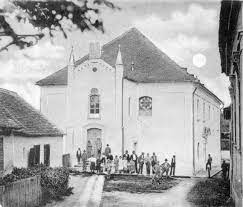
Downloads
Megjelent
Folyóirat szám
Rovat
License

This work is licensed under a Creative Commons Attribution-NonCommercial-NoDerivatives 4.0 International License.

